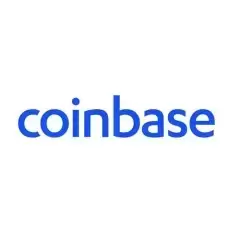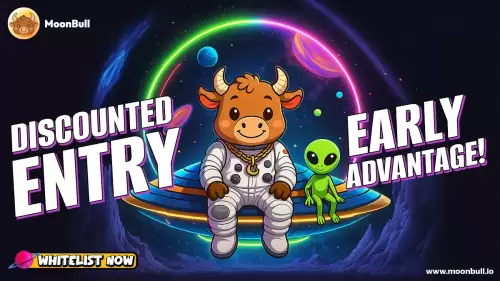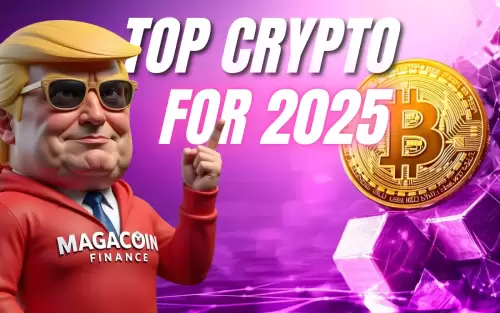 |
|
 |
|
 |
|
 |
|
 |
|
 |
|
 |
|
 |
|
 |
|
 |
|
 |
|
 |
|
 |
|
 |
|
 |
|
Cryptocurrency News Articles
TL;DR: Spotting the Next Big Crypto Project Before It Explodes Demands Data, Discipline and a Sharp Eye for Real Signals
May 23, 2025 at 01:11 pm
This guide explores how to identify early winners by analyzing onchain metrics, tokenomics, dev activity and community traction

In the vibrant and fast-paced realm of cryptocurrency, where new projects emerge nearly every day, investors are always seeking the next big thing. While hype-driven pumps and red-flag projects are common traps to avoid, some investors possess a knack for identifying early winners.
This guide delves into how to spot promising crypto projects before they explode by analyzing onchain metrics, tokenomics, dev activity and community traction.
Despite the crypto space being crowded, fast-moving and full of noise, some investors manage to consistently find promising projects while they’re still under the radar.
So, how do they do it?
Crypto trendspotters know how to read onchain data. They understand tokenomics. They read GitHub commits and follow the money. It takes more than jumping on the hype bandwagon ahead of the crowd.
This guide breaks down how to find crypto projects with real potential using lessons from past winners like Solana, Arbitrum, Chainlink and even memecoins like Pepe. Along the way, it will highlight the tools that matter, red flags to avoid and the difference between organic growth and manufactured buzz.
How the real winners took off
Solana
When Solana launched in 2020, few outside of developer circles had heard of it. But it had one big edge: speed. Solana’s proof-of-history tech made it one of the fastest chains around, and it quickly became a magnet for builders, especially in DeFi and NFTs. By 2021, its ecosystem exploded with apps like Serum and Magic Eden.
Early adopters who paid attention to onchain growth — like wallet activity and DEX volume — could see something brewing. Solana (SOL) went from under $1 to $50+ in less than a year.
Arbitrum
Arbitrum launched in 2021 as an Ethereum layer 2, but its big moment came with the Arbitrum (ARB) token airdrop in March 2023. At launch, Arbitrum was already processing more transactions than many layer 1s and had billions in total value locked (TVL) in decentralized applications (DApps).
Smart investors were watching. Even before the token, the signs were there: user activity, rising liquidity and growing app adoption. When ARB dropped, the pump stuck because the foundation was real.
Chainlink
Chainlink is a classic example of a project with long-term utility. It doesn’t have flashy branding or meme power, but it does one thing incredibly well: feed real-world data into smart contracts.
By 2024, it had become the backbone of much of DeFi, gaming and even tokenized real-world assets. If you were watching closely in 2019-2020, you saw LINK (LINK) getting integrated everywhere. That kind of early utility often flies under the radar — until price action catches up.
PEPE Coin (PEPE)
Let’s not pretend memes don’t matter. Pepe (PEPE) launched in 2023 with no roadmap, no utility and no VC backing. But it hit a nerve, and the internet ran with it. The coin hit a billion-dollar market cap within weeks.
That kind of run is rare — and risky. But for traders tracking social sentiment, wallet distribution and community activity, the early signals were all there. PEPE didn’t promise anything, but it delivered returns by becoming a viral moment.
How to find crypto gems early
So, how do you separate the next Solana from the next rug pull? Here’s how serious trendspotters approach it.
1. Start with onchain metrics
Public blockchains are transparent. Use that to look at:
Daily active wallets
Transaction volume
Tokenholder growth
Liquidity on decentralized exchanges (DEXs)
TVL (for DeFi projects).
If users and capital are moving in — before the token moons — that’s a great sign. Tools like Dune Analytics, Nansen and DefiLlama are your best friends here.
2. Understand the tokenomics
Ask questions like:
What’s the total supply? How much is circulating?
Are there upcoming unlocks or vesting cliffs?
Who holds the tokens, and how concentrated are the top wallets?
Is there utility? Does the token do anything?
Tokens with capped supply, smart incentives (like staking or burn mechanisms) and fair distribution models tend to do better long-term.
3. Check developer activity
Is the team actually building?
GitHub is a goldmine. Look at how often code is pushed, how many contributors are active, and whether the repo looks alive. No updates for months? Big red flag.
You don’t need to read code — just track commits and releases. Projects with real traction are always shipping.
4. Look for ecosystem signals
Are other developers building on top of it? Are DApps launching? Is liquidity growing?
Disclaimer:info@kdj.com
The information provided is not trading advice. kdj.com does not assume any responsibility for any investments made based on the information provided in this article. Cryptocurrencies are highly volatile and it is highly recommended that you invest with caution after thorough research!
If you believe that the content used on this website infringes your copyright, please contact us immediately (info@kdj.com) and we will delete it promptly.






























































